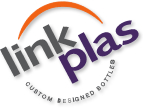7 Pro Tips for Elevating Your Product Packaging Design Strategy
In today's competitive marketplace, effective Product Packaging plays a crucial role in attracting consumers and enhancing brand identity. It is not just about protecting the product; it serves as a silent salesperson on the shelves, captivating potential buyers with its design and message. As brands strive to stand out, elevating your packaging design strategy has never been more critical. In this blog, we will explore seven professional tips that will help you refine your product packaging. From understanding consumer psychology to leveraging sustainable materials, these insights will empower you to create packaging that not only catches the eye but also resonates with your target audience, ultimately driving sales and fostering brand loyalty. Whether you're a seasoned designer or a business owner looking to improve your brand's packaging, these practical approaches will elevate your Product Packaging and set you apart from the competition.
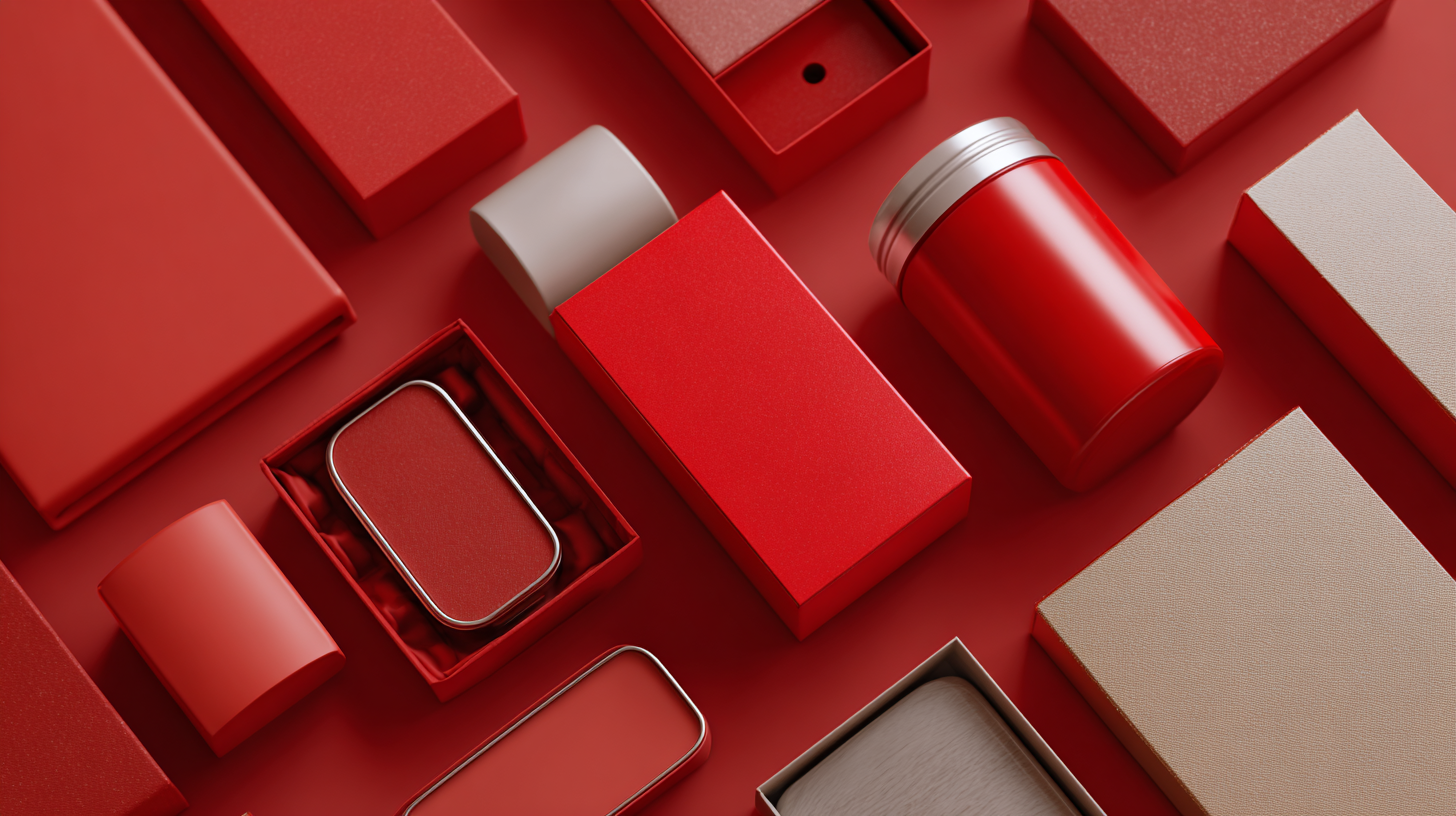
Creating a Compelling Brand Story Through Packaging Design
In today's competitive market, effective packaging design is a crucial tool for brands to tell their unique stories. By integrating narrative elements into packaging, companies can create an emotional connection with consumers, transforming simple products into memorable experiences. This approach goes beyond aesthetics; it leverages the psychology of packaging to enhance profitability by making the product's value proposition clear and compelling. Thoughtful design choices can evoke emotions and convey brand values, making it imperative for businesses to invest in innovative packaging strategies.
Moreover, personalized packaging is emerging as a significant trend in the quest to boost brand equity. As consumers increasingly seek authenticity and connection, tailored packaging solutions can help brands stand out in crowded shelves. Smart packaging strategies that reflect the brand's identity not only engage customers but also foster loyalty. By prioritizing storytelling through design, brands can ensure their packaging does not merely serve a functional purpose but also resonates with the target audience, ultimately driving engagement and enhancing overall market presence.
Utilizing Color Psychology to Engage Consumers Effectively
Color plays a pivotal role in shaping consumer perceptions and behaviors, making its strategic use in product packaging a crucial aspect of effective marketing. According to a study by the Institute for Color Research, people make a subconscious judgment about a product within 90 seconds of first seeing it, and as much as 90% of that assessment is based on color alone. This statistic underscores the importance of selecting appropriate colors that resonate with your target audience, influencing their purchasing decisions.
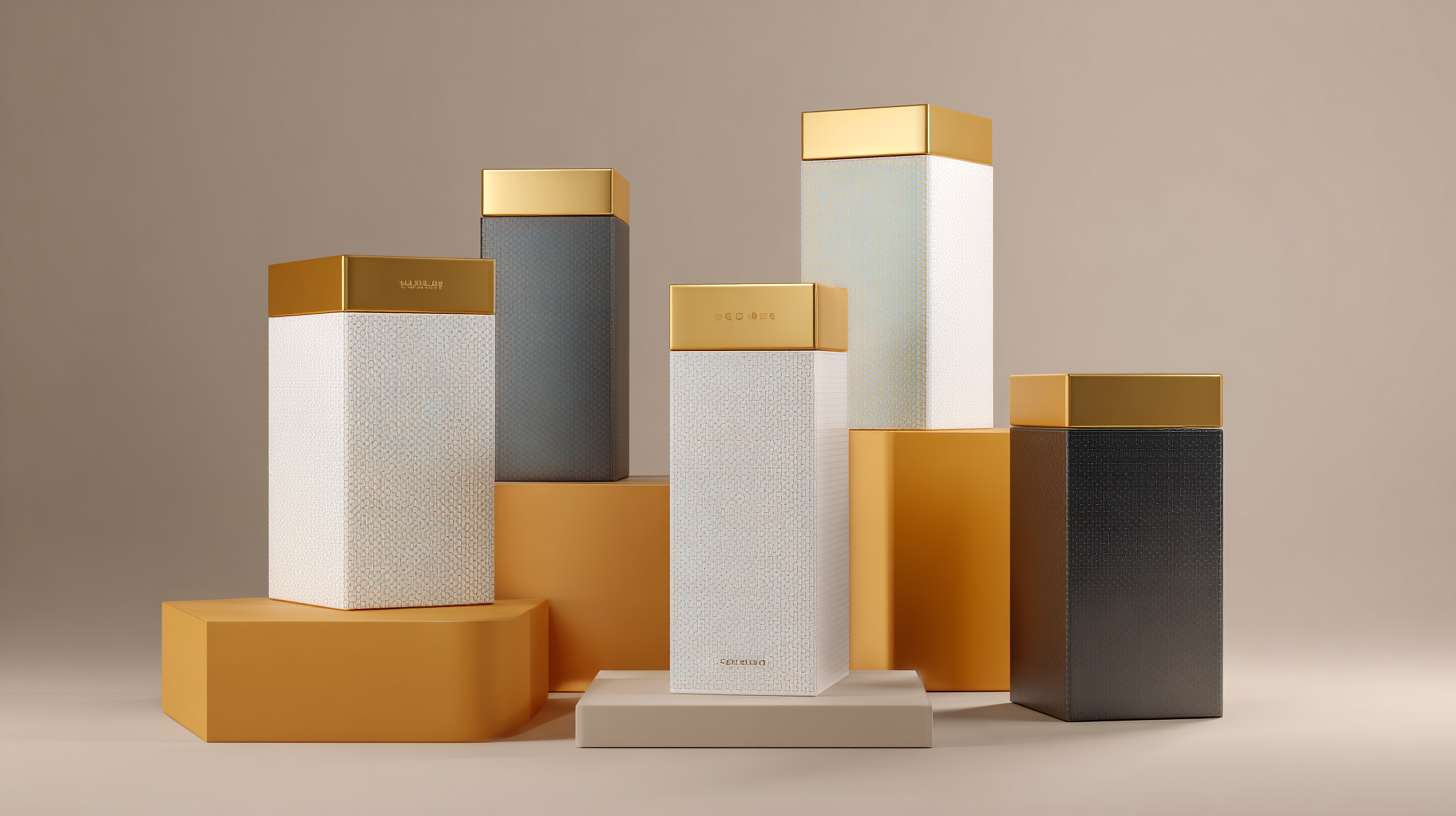
Incorporating Sustainable Materials to Enhance Brand Value
In today's eco-conscious marketplace, incorporating sustainable materials into your product packaging design strategy is not just a trend—it's a necessity that can significantly enhance brand value. According to a report by Nielsen, 66% of consumers are willing to pay more for sustainable brands, and this figure rises to 73% among millennials. This shift in consumer preference highlights the importance of aligning packaging choices with environmentally responsible practices, allowing brands to not only meet customer expectations but also differentiate themselves in a crowded market.
Utilizing recycled and biodegradable materials can also reduce production costs over time. A study from Smithers Pira estimates that the market for sustainable packaging will reach $500 billion by 2024, driven by increasing regulatory pressures and consumer demand for eco-friendliness. By investing in sustainable packaging options, brands not only contribute to environmental protection but also position themselves as leaders in innovation and responsibility, enhancing their overall brand equity. Sustainable packaging not only communicates a brand's commitment to the environment but also fosters loyalty and trust among increasingly conscious consumers.
7 Pro Tips for Elevating Your Product Packaging Design Strategy - Incorporating Sustainable Materials to Enhance Brand Value
| Tip | Sustainable Material | Brand Value Impact | Consumer Perception |
|---|---|---|---|
| 1. Use Recycled Materials | Recycled paper and cardboard | Enhanced eco-friendliness | Positive brand association |
| 2. Prioritize Biodegradable Options | Biodegradable plastics | Reduction of landfill waste | Increased consumer trust |
| 3. Opt for Minimalist Design | Even packaging with less ink | Cost-saving on materials | Appeal to modern values |
| 4. Incorporate Reusable Elements | Multi-use containers | Promotes longevity | Enhanced brand loyalty |
| 5. Utilize Local Sourcing | Locally sourced materials | Supports local economy | Strengthened community ties |
| 6. Highlight Sustainability on Packaging | Eco-labels and certifications | Increased transparency | Improved customer buying decisions |
| 7. Engage in Innovative Packaging Design | Smart packaging technologies | Stand out on shelves | Attract tech-savvy consumers |
Enhancing User Experience with Innovative Packaging Features
Innovative packaging design plays a crucial role in enhancing user experience, often serving as the first point of interaction between the consumer and the product. According to a report by Nielsen, 64% of consumers try a new product because of its packaging. This data highlights the importance of thoughtful packaging design in capturing attention and communicating value. Features such as easy-open mechanisms, sustainable materials, and reusable designs not only elevate the aesthetic of the product but also create a functional advantage that resonates with today’s environmentally conscious consumers.
Furthermore, the integration of technology into packaging is emerging as a game-changer. A study by Smithers Pira reveals that 50% of consumers are interested in smart packaging that enhances their products through elements like QR codes and augmented reality experiences. These innovative features not only provide essential information but also engage consumers in a more interactive way, transforming the unboxing experience into an emotional and memorable event. With the right packaging strategies in place, brands can significantly improve customer satisfaction and foster loyalty, ultimately driving sales and creating advocates for their products.
Product Packaging Design Features Impact on User Experience
Leveraging Market Research to Tailor Packaging for Target Audiences
Effective product packaging design is not just about aesthetics; it significantly influences consumer behavior. According to a 2021 study by Nielsen, 64% of consumers said that packaging design influences their purchase decisions. Therefore, leveraging market research to understand target audiences is crucial for brands aiming to elevate their packaging strategy. By studying demographic data, preferences, and purchasing patterns, businesses can craft packaging solutions that resonate deeply with their intended audience.
For instance, a report by McKinsey highlights that brands that invest in consumer insights and analytics can increase their packaging effectiveness by up to 30%. This can involve using focus groups to test designs or employing surveys to gather feedback on materials and visual appeal. By aligning packaging with consumer expectations and desires, companies not only enhance brand perception but also improve product shelf-life and appeal. Tailoring packaging to specific market segments creates a more personalized experience, ultimately boosting sales and fostering brand loyalty.
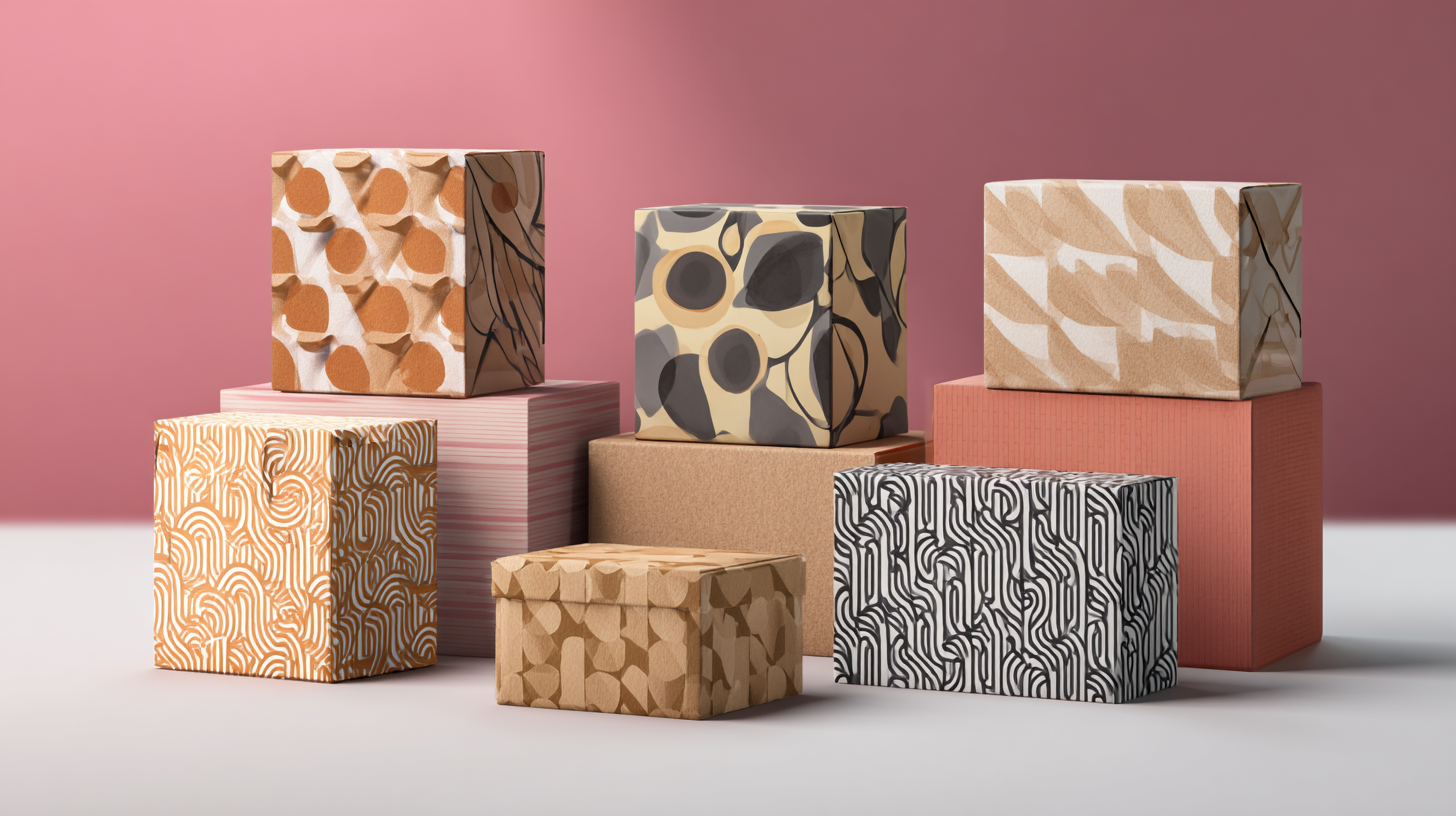
Related Posts
-
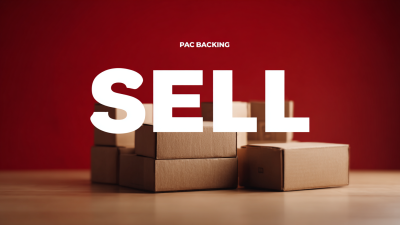
Ultimate Guide to Choosing the Best Sell Packaging Solutions for Your Global Supply Chain
-

10 Essential Tips for Achieving Quality Packaging in Your Business
-

A Comprehensive Guide to Choosing the Right Packaging Supplier for Global Trade Needs
-
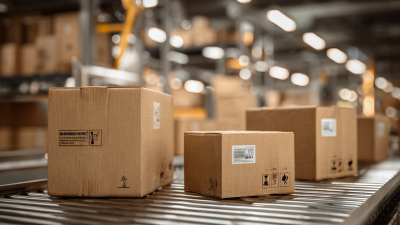
5 Essential Tips for Choosing the Best Packaging Supplier to Maximize Your ROI
-
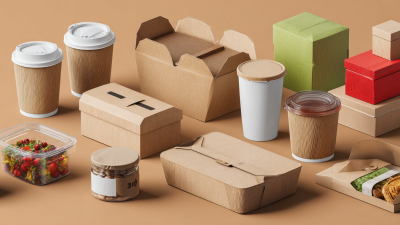
Exploring the Top Trends in Food Packaging Design: A Comprehensive Comparison
-

5 Best Strategies for Innovative Product Packaging Solutions in 2023
CONTACT US
|
